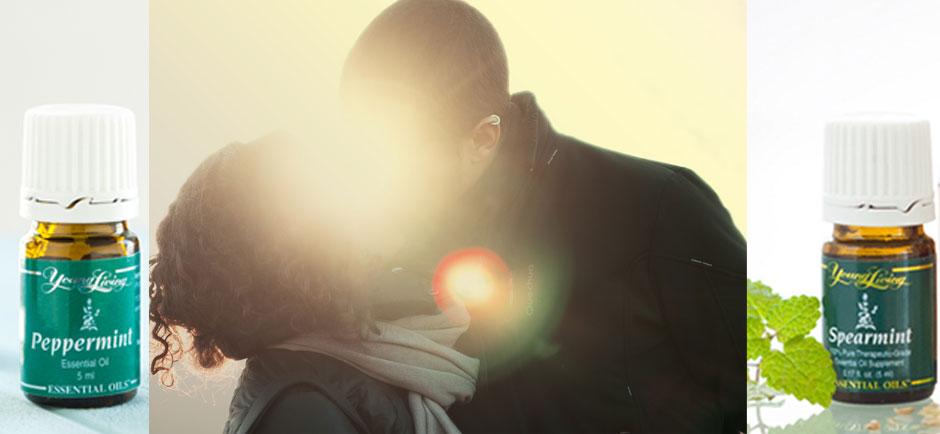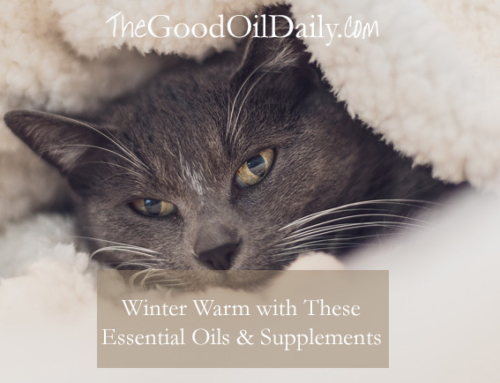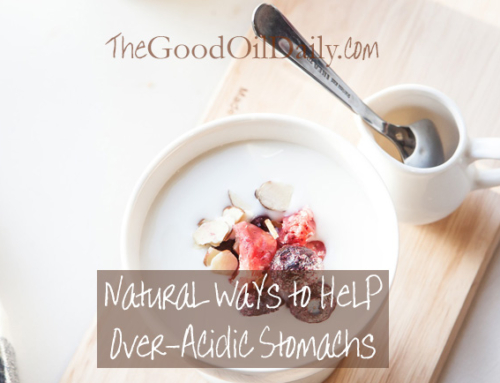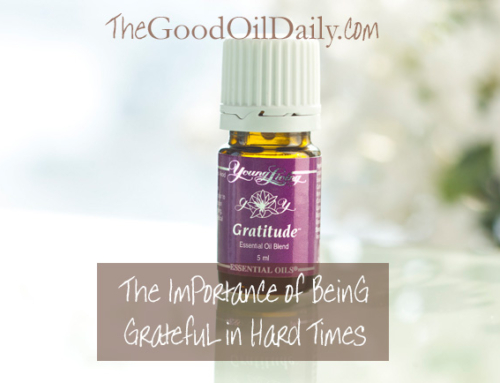Peppermint and spearmint are both popular when it comes to breath mints and toothpaste (and lollies — but let’s keep our healthy hats on and not go there).
When it comes to essential oils, however, choosing between peppermint and spearmint is more than just a flavour preference, so it’s handy to know your way around these two kissing cousins, related through the same botanical family: Lamiaceae.
Peppermint is known as one of the key ‘everyday oils’ for your collection and we’ve already talked at some length about its properties and our top nine tips for use.
So now, let’s take a closer look at how peppermint and spearmint compare.
Extraction Method
Both are steam distilled, peppermint (Mentha piperita) from both leaves and stems, spearmint (Mentha spicata) from the leaves alone.
Key Constituents
Peppermint is high in menthol (25-50%) and menthone (12-44%) giving its characteristic cooling feel on the skin.
Spearmint on the other hand is high in carvone (45-80%) and limonene (10-30%) so you can start to understand why they have different uses, tastes and fragrances. Spearmint has a slightly fruity scent, softer than peppermint.
On the ORAC scale, used to measure antioxidant power, peppermint measures 37,300 TE/100g versus spearmint’s 540. To give you a frame of reference, clove has the highest antioxidant value of all known essential oils, measuring in at over 1 million TE/100g.
Feeling Satisfied
Peppermint has been studied for helping the ‘Thank you, I’ve had an elegant sufficiency,’ feeling, and spearmint has been studied for being supportive of an already-healthy metabolism, so both are handy in different yet related ways when it comes to weighty matters.
Queasiness
Both can be helpful if you’re feeling a bit queasy. (Could be something to keep in mind if you’ve succumbed to the lolly aisle — did we not talk about that?)
The Mind and Emotions
Peppermint is known to be stimulating to the conscious mind and a great study aid. Spearmint facilitates the release of blocks when it comes to your feelings, and brings about a sense of well-being.
This will also connect you up with The Good Oil Team for our personal support and coaching. We'd love to help you on your journey to vibrant well-being the natural way!
Any questions? Please get in touch via our Contact page.
How to Use
Both can be used in the same ways:
- applied on location (dilute if/as needed 1:1 with a good quality carrier oil like Young Living V-6 Vegetable Oil Complex) and on chakras/VitaFlex points
- inhaled directly (1-2 drops gently rubbed between your palms then cupped over your nose; close your eyes, as peppermint’s vapour is more bracing and extra care is needed to avoid proximity to the eyes)
- diffusion
- a small drop placed on the tongue to sweeten breath (just a touch goes a long way)
- tisane: make your own herbal tea by adding one drop to warm water (not boiling hot or it can affect the benefits of the oils)
IMPORTANT CAUTION: Young Living essential oils are the only ones we would ever consider for ingestion. And only those which state on the bottle they can be used that way. Why? Because Young Living sets the standard for purity and authenticity – essential to the safe ingestion of essential oils appropriate for such use. Young Living carefully monitors the production of its oils from beginning to end through its unique Seed to Seal® process, ensuring the purity of each essential oil and protecting nature’s living energy in every bottle.
When exploring the world of essential oils, if you don’t have a reliable reference guide, it’s like sailing the high seas without a compass. You might sometimes land where you want to be but it could take you longer to get there.






